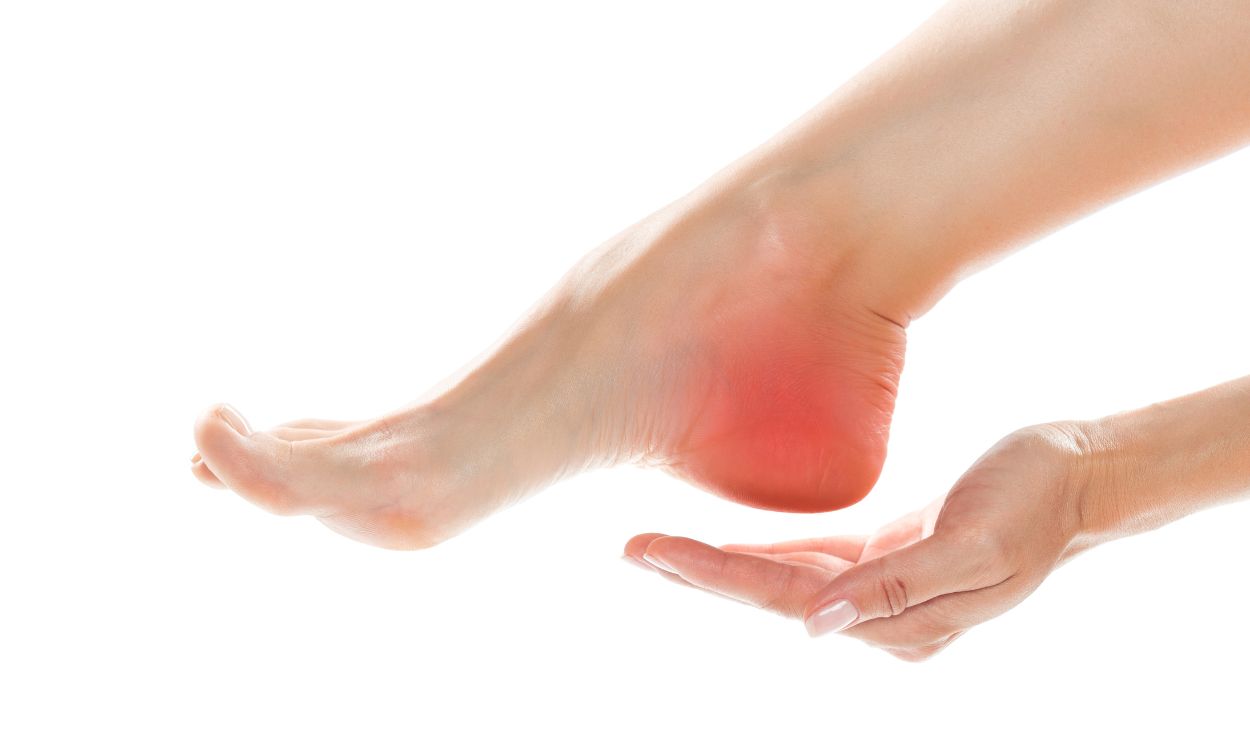Say Goodbye to Plantar Fasciitis with Fitpaa: Best Ways to Prevent and Treat It
Plantar fasciitis is a common foot condition that affects many people, especially those who are physically active. It is caused by inflammation of the plantar fascia, a thick band of tissue that runs along the bottom of the foot. The pain associated with plantar fasciitis can be debilitating and can prevent you from enjoying your daily activities. However, with the right treatment and prevention strategies, you can overcome this condition and get back to your active lifestyle. In this article, we will discuss the best ways to prevent and treat plantar fasciitis.
1. Stretching and Strengthening Exercises
Stretching and strengthening exercises are essential for preventing and treating plantar fasciitis. Stretching exercises help to loosen the tight muscles and tendons in the foot, while strengthening exercises help to build up the muscles that support the foot. Some of the best exercises for plantar fasciitis include calf stretches, toe curls, and heel raises. Fitpaa’s expert team of fitness coaches can help you design a personalized exercise plan that is tailored to your specific needs.
2. Proper Footwear
Wearing the right footwear is crucial for preventing and treating plantar fasciitis. Shoes that provide good arch support and cushioning can help to reduce the stress on the plantar fascia. Fitpaa’s expert team of doctors and nutritionists can help you choose the right footwear that is best suited for your foot type and activity level.
3. Weight Management
Maintaining a healthy weight is important for preventing and treating plantar fasciitis. Excess weight puts extra stress on the feet, which can aggravate the condition. Fitpaa’s personalized nutrition plan can help you achieve your weight loss goals and improve your overall health.
4. Rest and Recovery
Rest and recovery are essential for treating plantar fasciitis. Avoiding activities that aggravate the condition and taking time to rest can help to reduce inflammation and promote healing. Fitpaa’s recovery plan can help you design a personalized recovery plan that is tailored to your specific needs.
5. Medical Therapy
In some cases, medical therapy may be necessary to treat plantar fasciitis. This may include the use of orthotics, corticosteroid injections, or shockwave therapy. Fitpaa’s expert team of doctors can help you determine the best course of treatment for your specific needs.
In conclusion, plantar fasciitis can be a painful and debilitating condition, but with the right treatment and prevention strategies, you can overcome it and get back to your active lifestyle. Fitpaa’s end-to-end AI-driven metabolism monitoring and management technology can help you achieve your health and fitness goals with guaranteed results. Download the Fitpaa app today and take the first step towards a healthier, happier you!











